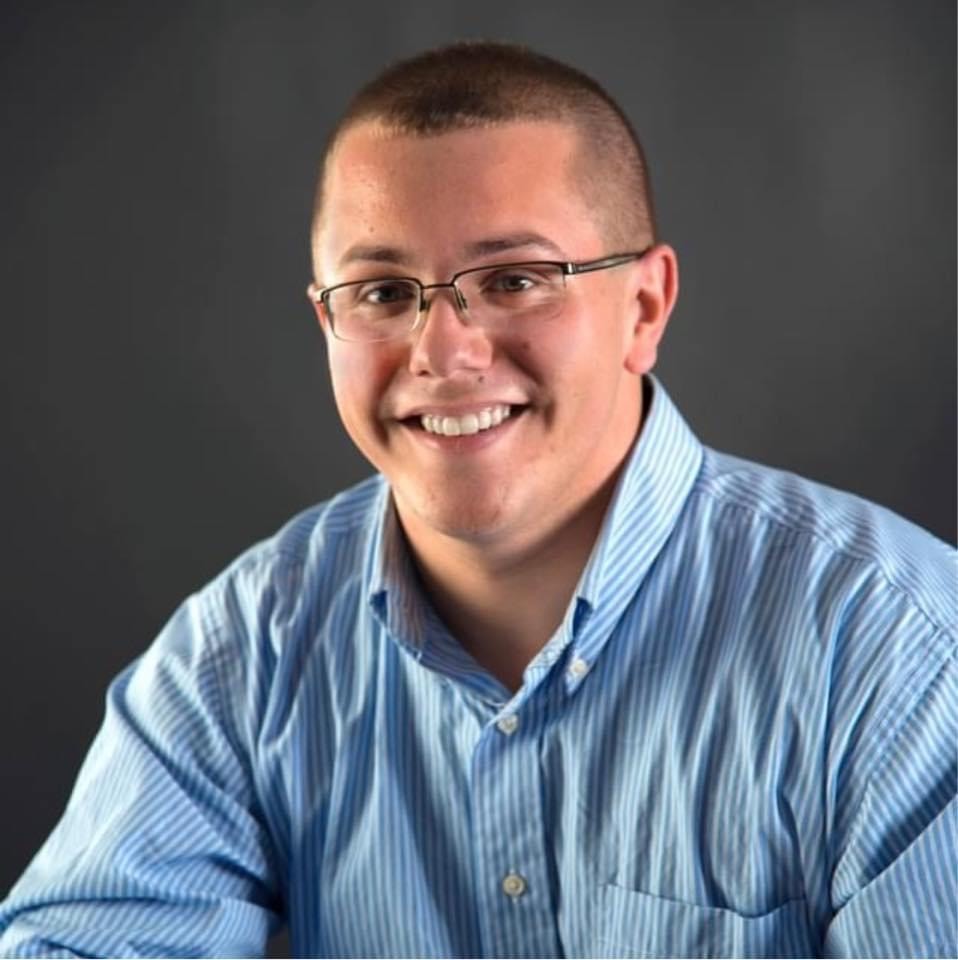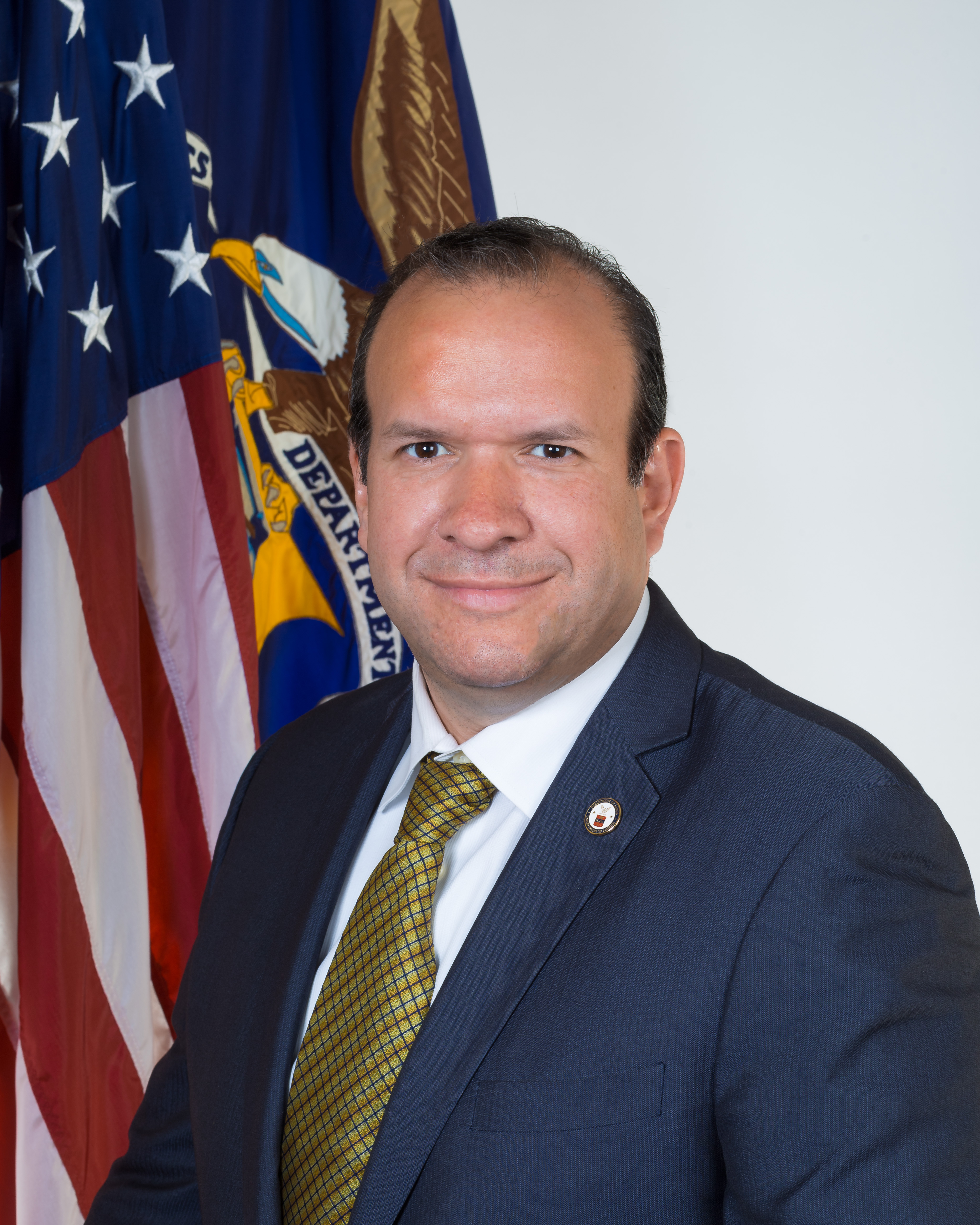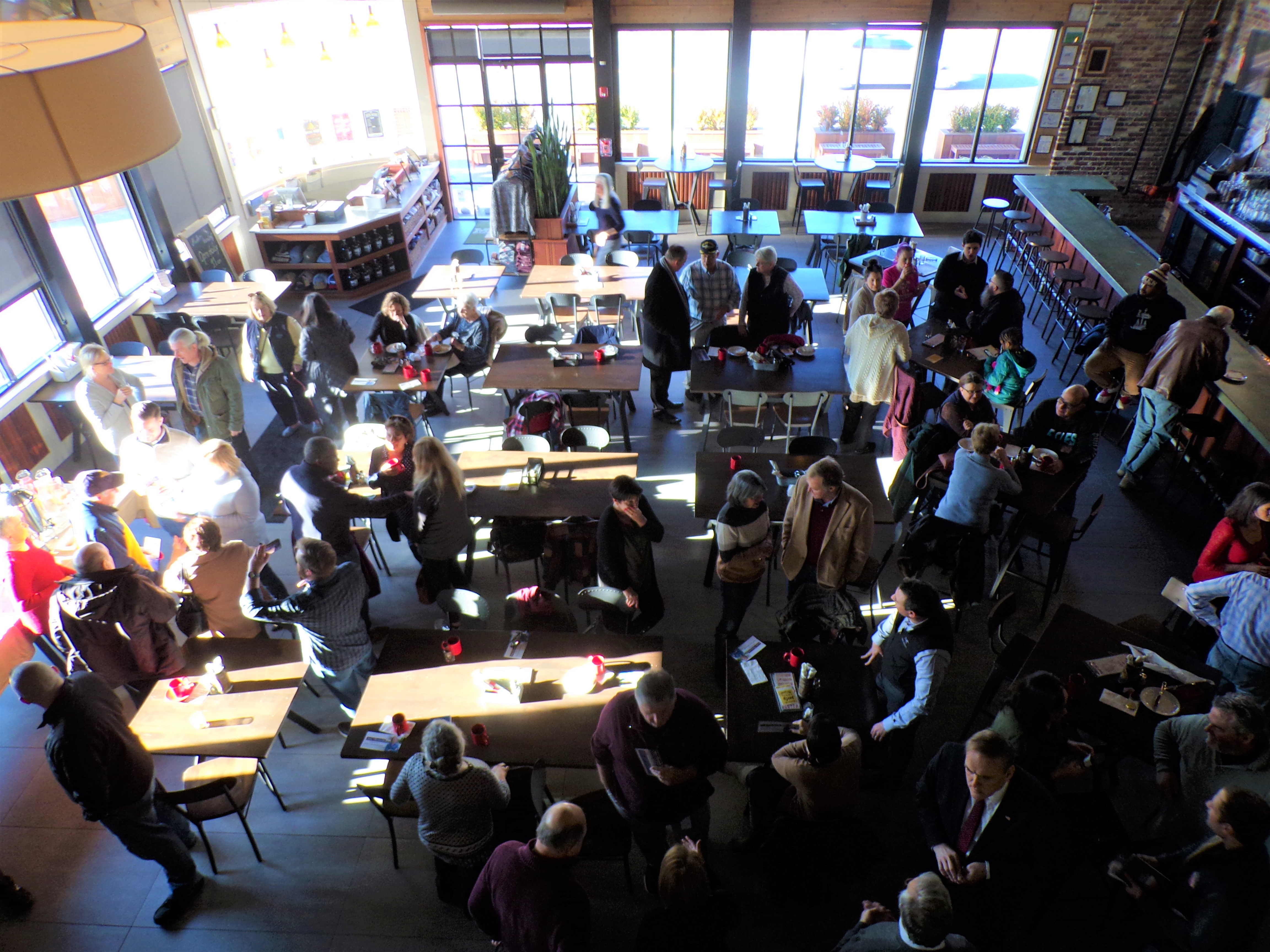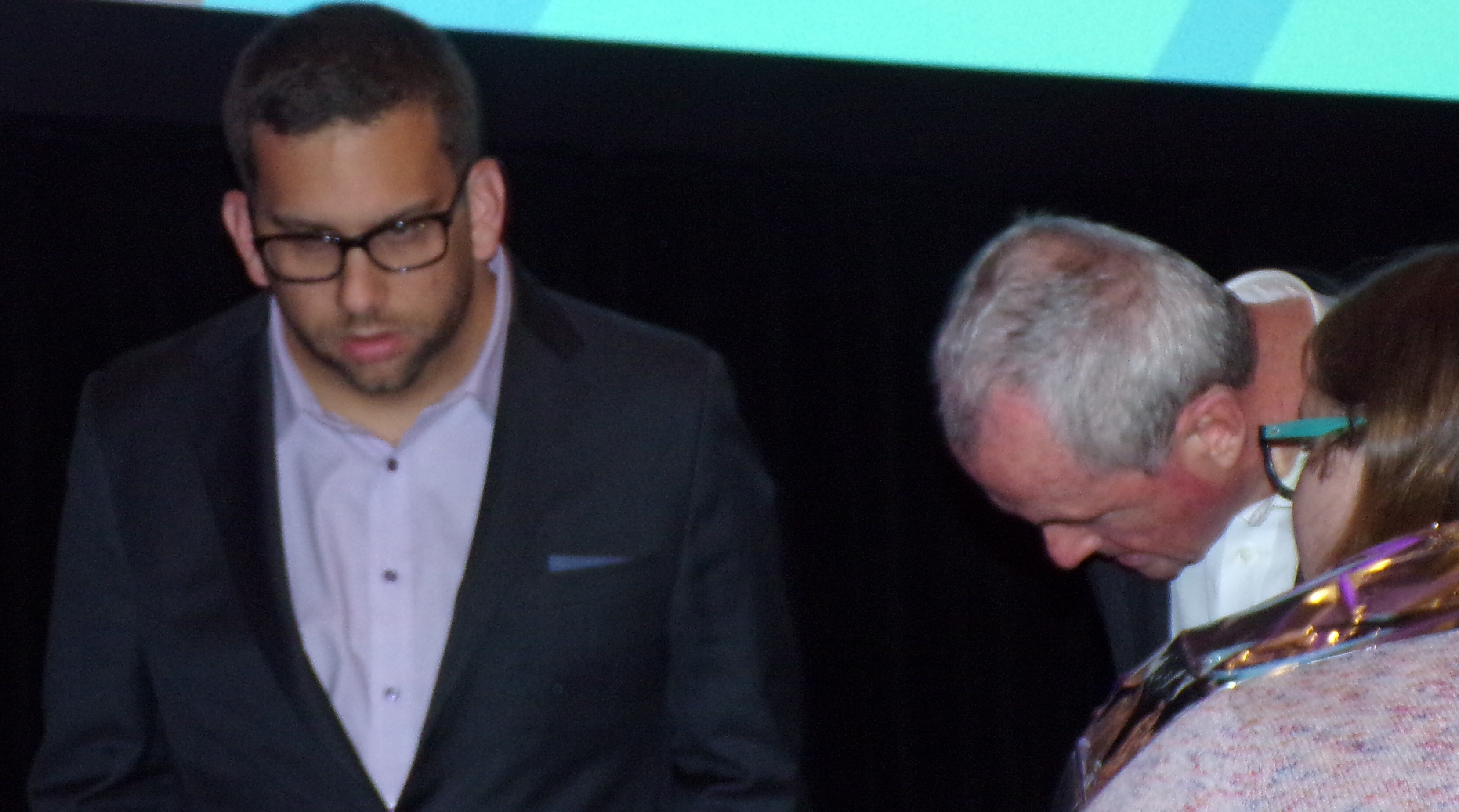Rahway is a city in southern Union County, New Jersey, United States. It is part of the New York metropolitan area, 21.6 miles (34.8 km) southwest of Manhattan and 5 miles (8.0 km) west of Staten Island. As of the 2010 United States Census, the city’s population was 27,346, reflecting an increase of 846 (+3.2%) from the 26,500 counted in the 2000 Census, which had in turn increased by 1,175 (+4.6%) from the 25,325 counted in the 1990 Census.
Rahway saw action during the American Revolutionary War because of its proximity to Staten Island, Elizabethtown and Perth Amboy. In January 1777, rebels were victorious against the British in the Battle of Spanktown, which resulted in the death of some 100 British troops. The battle was named this after Rahway’s original name given to it by the first settlers, Spanktown, which is said to have been chosen “because an early settler publicly took his spouse across his knee and chastised her”.
Following the Revolution, Rahway became the home of the first national mint to create a coin bearing the inscription E pluribus unum. A United States Post Office established in Rahway was one of only six in the entire state in 1791.
As immigrants from Britain, Ireland and Germany streamed into what was then Rahway Township in the 1850s, Rahway became incorporated as a city by an act of the State Legislature on April 19, 1858, from portions of Rahway Township in Union and Woodbridge Township in Middlesex County. In 1860, the portion of Rahway that had been part of Middlesex County was transferred to Union. On March 13, 1861, the remainder of Rahway Township became part of Rahway City. Clark Township was formed from portions of the city on March 23, 1864.
Rahway is bordered to the northwest by Clark, to the northeast by Linden and to the south by Woodbridge Township in Middlesex County.
The Rahway River travels through Rahway, entering from Clark at Rahway River Parkway. The river receives the waters of Robinsons Branch at Elizabeth Avenue between West Grand Avenue and West Main Street, and then receives the waters of the South Branch at East Hazlewood Avenue and Leesville Avenue. The river leaves Rahway at the city limits of Linden and Woodbridgebefore flowing into the Arthur Kill.
Unincorporated communities, localities and place names located partially or completely within the city include Inman Heights and North Rahway.
As of the 2010 United States Census, there were 27,346 people, 10,533 households, and 6,815 families residing in the city. The population density was 7,016.8 per square mile (2,709.2/km2). There were 11,300 housing units at an average density of 2,899.5 per square mile (1,119.5/km2). The racial makeup of the city was 52.30% (14,301) White, 30.93% (8,457) Black or African American, 0.31% (84) Native American, 4.30% (1,175) Asian, 0.02% (5) Pacific Islander, 8.37% (2,288) from other races, and 3.79% (1,036) from two or more races. Hispanic or Latino of any race were 23.52% (6,433) of the population.
Rahway is home to the Union County Performing Arts Center.
The Rahway River Parkway is a greenway of parkland that hugs the Rahway River and its tributaries. It was designed in the 1920s by the Olmsted Brothers firm, who were the sons of the eminent landscape architect Frederick Law Olmsted.
Source: Wikipedia













